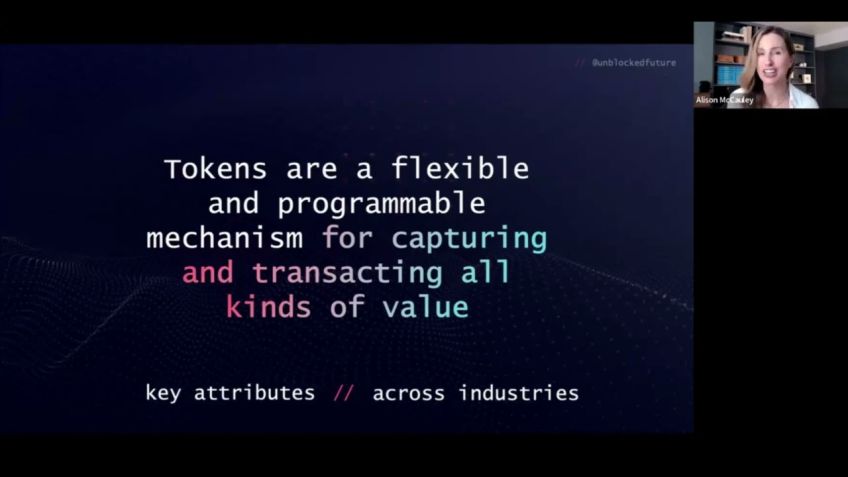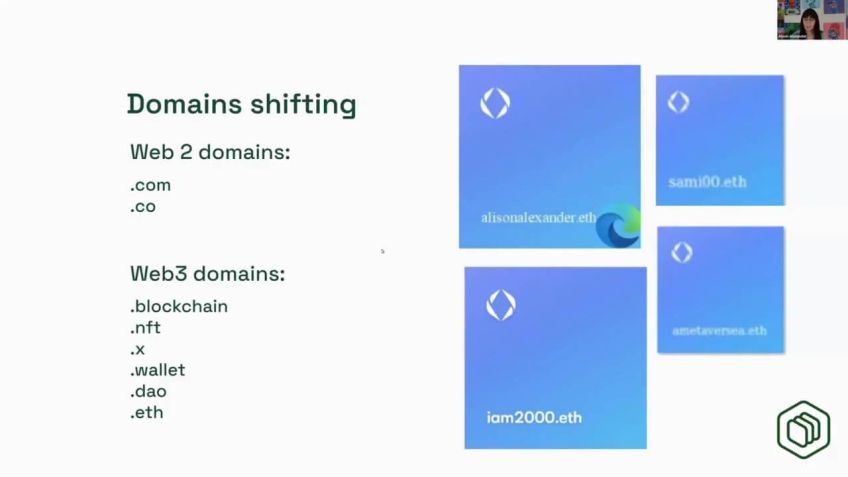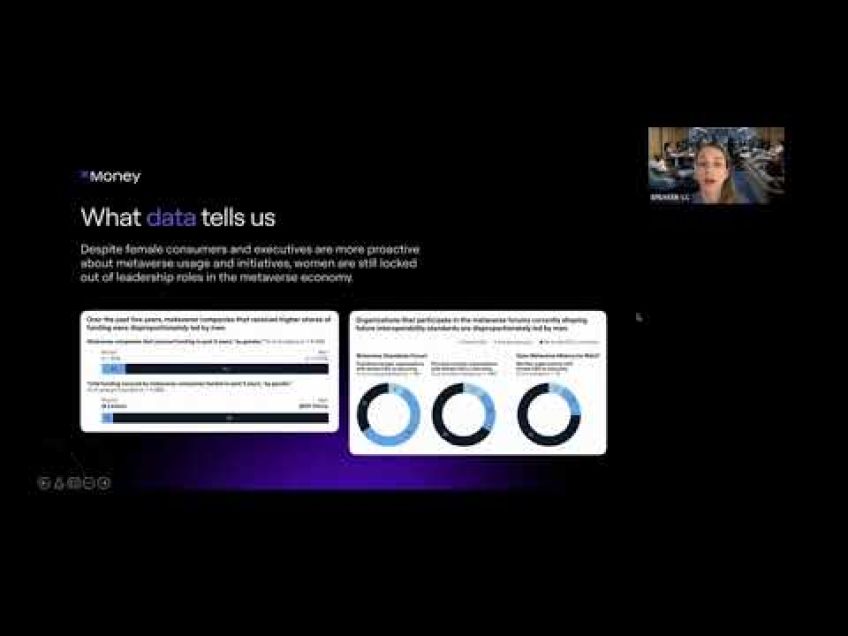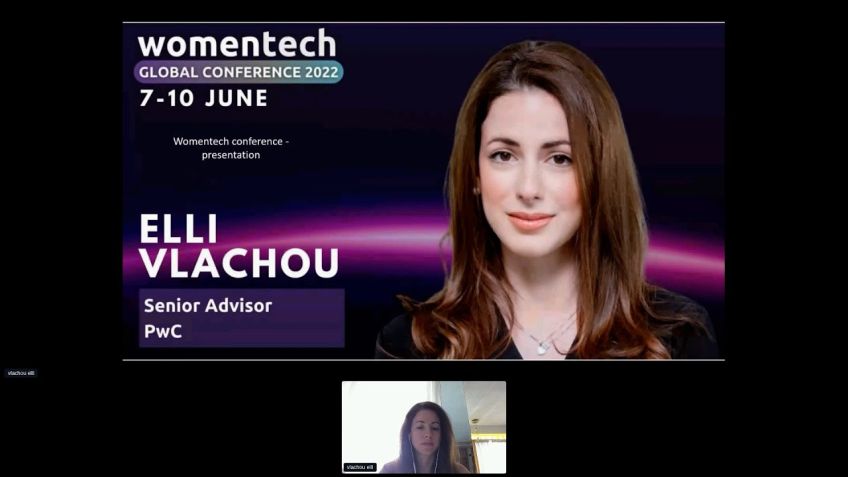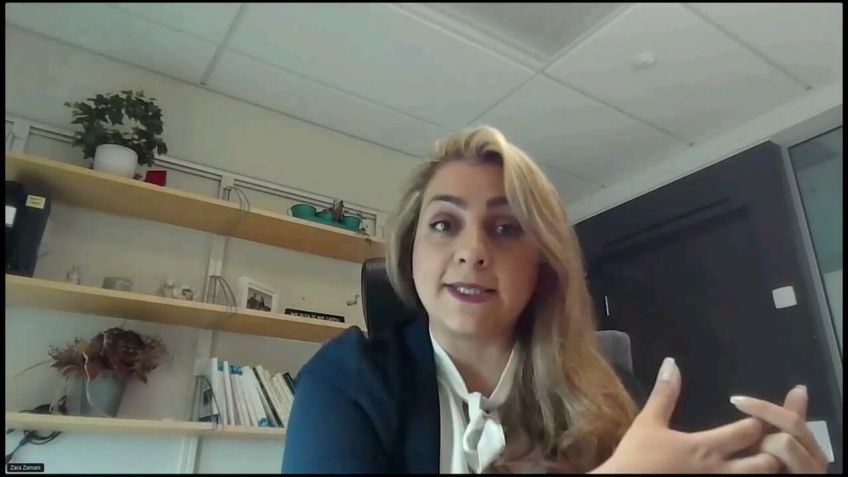Web3 : Opportunities, limitations, and how to stay ahead of the curve by Manon Rahamatoulla
Manon Rahamatoulla
Responsable marketing Web3Welcome to The Next Generation of the Internet: Web 3.0
It's an exciting time in the world of technology as we begin to explore the next generation of the internet, Web 3.0. In today's discussion, we are fortunate to have with us Malon Rahmatullah, the NFT Marketing Manager at IEXEC, who will be sharing her insights on this revolutionary technology.
Understanding Web 3.0
Web 3.0, also known as the decentralized and user-centric internet, has captivated the tech world with its innovative applications and platforms. This new generation of the internet carries substantial potential for creating a trustless ecosystem, ensuring the power today's internet is more evenly distributed among its users. This is achieved through emerging technologies like Blockchain, smart contracts, and decentralized applications (DApps).
A Glimpse into IEXEC
In the context of Web 3.0, IEXEC stands out as it combines Blockchain and confidential computing to drive the applications of tomorrow. The concept was established in 2016 by J FAK from the Springer-Verlag and Hay from the Chinese Academy of Science. The IEXEC protocol operates on the Ethereum Blockchain, utilizing confidential computing technology to uphold ownership and privacy.
Some projects leveraging the IEXEC platform include Knowledge, which benefits companies by offering expert data scientists to improve their AI models, and Diplo, a file deposit and transfer service. IEXEC has its distinct place in the history of the internet's evolution, shifting gradually from the read-only Web 1.0 to the interactive Web 2.0, and now shifting towards the transformative Web 3.0.
The Opportunities and Challenges of Web 3.0
In the realm of Web 3.0, new opportunities are opening up:
- Decentralization: Power is spread among participants rather than being concentrated in a single entity, as seen with Bitcoin.
- Tokenization: It empowers financial inclusion and provides new economic opportunities. Artists, for example, can create their artwork, tokenize it as an NFT, and sell it without traditional intermediaries.
- Decentralized Organizations (DAO): DAOs offer effective and transparent management structures supported by smart contracts.
Alongside these opportunities, there are challenges to be addressed:
- Scalability: Decentralized systems often face a trade-off between scalability, security, and decentralization.
- Interoperability: Different Blockchain ecosystems need to communicate and share value, but compatibility issues can arise.
- User Experience and Adoption: The user interfaces in Web 3.0 still need improvement for better adoption and accessibility.
Join the Web 3.0 Revolution
If you're a developer interested in joining the Web 3.0 revolution, IEXEC's Developer Rewards Program is a great place to start. Despite the challenges, we continue to push forward, driven by our vision of a decentralized and user-centric internet. Get involved, learn more about Web 3.0, and explore the endless possibilities it holds for your industry.
Let's Build the Future Together
Web 3.0 represents the future of the internet, a space where users have complete control and ownership over their data. Join us in this exciting journey, and let's build a robust, decentralized, and user-friendly internet together. We invite you to ask questions, share your ideas, and help us overcome the challenges of this new frontier.
Video Transcription
OK,
wonderful, welcome everyone to this session. Um It's great to see people joining in the attendee room. We are uh we have the pleasure today to welcome um Malon Rahmatullah, uh who is uh the NFT marketing manager at IE. She comes with a lot of experience. Uh She has background in business administration and competitive intelligence. So today, she's going to be talking a little bit more about Web three, the opportunities limitations and what we should know uh going ahead with this technology. So Manon feel free if you're whenever you're ready to take it
away from here. OK. So hi everyone and welcome to this talk on web free. So I'm really excited to discuss this technology with you. And as you may know, Webre is the next generation of the internet that is creating, aiming to create a decentralized trust list and user centric ecosystem. And in recent years, Webre has gained in technology world like a lot of traction with new application to up every day and platform being developed every day. So today, we'll be discussing the basic of repre the opportunities and challenge and we will also touch on I exec uh where I'm from actually. And that is a platform that combines Blockchain and confidential computing and to and above the next generation of application. So yeah, a bit more on I exec uh it's a decentralized marketplace for computing power, dataset and application and it's a platform that allows you to build and monetize app while prising the ownership and the privacy. So a bit more about the history. It has been founded in 2016 by two phd. So J FAK from the R and Hay from the Chinese Academy of Science in April 2016, 17, they did an IC O and raised like 10,000 Bitcoin in less than three hours.
We are now actually located in Leland in France and we are about uh 40 employees and we're still growing. So if you're interested to join, you can still check out a page and see like the open position and to give you more insight about the I exact protocol, um it's built on the Ethereum Blockchain. So to organize a transaction between the stakeholders, uh we use the confidential, confidential computing technology to allow to preserve ownership and progressive of the traded in the marketplace. And we have our own token which is the RSC that is the utility token used on the marketplace.
Uh A protocol is the proof of contribution and that allows to be trust between the stakeholders and provide consensus over of shame computation. We have uh more and more projects that are building on ie. So to give you a few examples, we have knowledge that is a marketplace for company to benefit from the expertise of data scientists to train their IM model. And they actually use the I exec infrastructure in order to have the data remains completely confidential. We also have diplo that is a file deposit and transfer service that allows you to prove your intellectual pro court. So they use the site chain from I EXEC to allow the certification and an occurring of proof of deposit. And we also have uh a transfer that is uh actually we transfer lookalike which allow user to share encrypted data without a trusted intermediary. And they use a exact platform to ensure that confidential data is shared. So now to dig a bit deeper into what is free, so we can see that over the years, the internet has evolved from web one to the s static web to web two, the web that we use today and that is going to the web three, which is the next phase. So the web one was more uh read on the web where it was the first generation of the internet. And it was primarily used to consume content with user only able to view and read information.
So it was mostly static with little interactivity and no way for user to really contribute to their own content. Um Now we are in web two. So that is the second generation of the internet that is called like you read, right? Web. So this means that uh this internet has become more interactive with us, are able to contribute to their like, bring their own content, interact with each other. And that's why we've seen like so many social media platform, like Facebook, Tiktok, Twitter, blogging platform and also marketplace like Amazon and all that thing. So if the user are able to write their own content, they're able to comment on other people content and they're also able to create their own community. And now we are coming to web free, which is the first generation of the internet that is read, write and own. And it means that the internet is becoming more decentralized and more user centric with user owning and controlling their information and their own data, a assets. The thing that we don't really have, we didn't really have in web two and web free is good on car technology like Blockchain, smart contract decentralized application. And it also enables user to like create and manage their own digital sense. So with that comes a lot of opportunities.
So first the decentralization, so it means that the poor and the control are distributed among participants rather than being concentrate concentrated in a single entities or authority. Uh Good example of that is the Bitcoin that is actually it's not like re regulated by, by a bank or by your own entity. And that is a good example of decentralization. Uh Another opportunity is the tokenization. So it means that through tokenization, we can enable financial inclusion and create new economic opportunities for people worldwide. So an example of that can be in the art industry, for example, it means that any artist can create uh any piece of art, put it on the internet and like put it out as an NFT and set it without having to go through like art gallery or like traditional. So it gives, it makes it more inclusive and gives more to everyone to be, to be seen. And another opportunity uh is the D A that is like decentralized organization and that have the potential to create more efficient and restate management structure with the fact that it's managed by smart contract and it allows like better way for decision making and more transparent management structure.
But with that cause also some challenges. So first we got the scalability. So the decent system, they often face trade off between like scalability, security decentralization. But uh because there is a lot of like things building and a lot of moving. So that's why uh it's one of the challenge. Another one is the inter pay our because the as the work to grow, there's different Blockchain, different decent system that needs to communicate and share value and sometimes they're not compatible. And that's something that is maybe a bit difficult and that is a challenge for we free. But we have more and more question solution and protocols that are being developed to address this uh this issue. And, and that's the functionality of red free. And another challenge that may be the biggest is the user experience and the adoption. And that's something that we can see from web two to web free. For example, uh when you navigate web two, everything is in light mode, like every app, everything is a light light mode. And when you go into web free, everything is in dark mode. And I know that's something that's like, kind of shocked me when I first came here and I was like, oh my God, that's so different. But in real, that's not different. That's not. So that's just something like, you know, the color but sometimes it brings like a fake barrier, like cursive barrier that it's something totally different or like something difficult to use. And that's one of the problems that we have in the, in the adoption.
It actually because people, like, there's a lot of lack of education and a lot of preserved technical barrier. And the point for the user experience is that in web, we in with web two, we used to have like really, really, really user friendly application and which is not really the case in web free. I don't mean that they are not all user friendly, but it's like really less user-friendly than what we have in web two. So that's one of the challenge that actually face web free regarding the the adoption. So now uh if you're a developer and want to join web free, we also have a program at I EXEC. So that is called the IE developer rewards program and the Ixep. And we allocate 1 million to inspire developers to for the exact protocol. So if you're interested in that, you can join, like you can have the link here and check out all her opportunities and, and you ought to be part of it. So yeah, I wanna thank you all for, I, I wanna thank you all and I really encourage you to learn more about the rape tree and get engaged in the ecosystem and also discover what are the possibilities for and explore what are the possibility for your injuries?
Thank you. And if you have any question, uh we're gonna take uh you to respond to all of the question, Angela. Uh I don't know for the question if I can see it in the discussion directly, right? Uh Yes, you have access to see
the judge. So feel free to answer
any questions. Uh the chat in the zoom, right? All right. OK. So I don't think we have any question now. OK, I see. So we got a question from Adrina which is all can went through and privacy and security in the decentralized. So for that, we have like smart contract and that, that really answer to like to that. And we have like uh confidential computing and a lot of technology that are built to really ensure like the user privacy and security. And that's something that is really at the heart of web free. Um That's like the user of the like really own the data and decide what he wants to share and not like which you can see in Web Two where we got like easy and we got a lot of privacy and all that. So here that's really at the earth of Web three. And there's always like new technology and new things like coming up to, to us like our privacy and security. Are you sure you guys have any other questions? Uh We actually didn't expect them to live concretely in the future, like we expect them to like web three to be more the next generation. So web three like like we did with web one.
So from web one, we went to Web two and actually nobody wants to be in web one. So it doesn't like exist anymore. So we just expect things to shift from Web two to Web three. But it's something that will take a while because like it's not, we we're not gonna wake up tomorrow in week two in week three because one of the problem we may face for that also um is that web free is about decentralization. And in web two, we got centralization like it's owned by big companies like Facebook and Google and, and in web free. Uh it's a different logic but the problem we may face is that uh like we, we have like centralization in we, in we previous like big company having a bit of a big part of the market and, and all that. So that's, that's a thing that can also be a challenge, but we actually don't expect them to like live concurrently. I it's a thing that we can have today because because that's all the adoption work. So there are some people in web three and like some people in web two and like some above. But that we really expect that to like be the ne be the next thing like web free in the coming years.
So we got about like three minutes before it stops. So if you guys have a last question, uh we actually have one of the use case uh from uh A where I work at a exec that are using the Blockchain to insert privacy with the A I model. So it means that with the confidential computing, they can bring assets and to train AM model. But in the way, make sure that the asset there aren't shared and they aren't like they, they remain private. So that's a thing that is really interesting um And really powerful when we combine A I and Blockchain, we can ensure that privacy like that thing remain private. When we train model and the thing that we not really uh have, if we don't have the, the Blockchain, like if we don't combine with the Blockchain. Thanks a lot, everyone. And I, I don't know if you guys have a last question, like for the last two minutes or.


